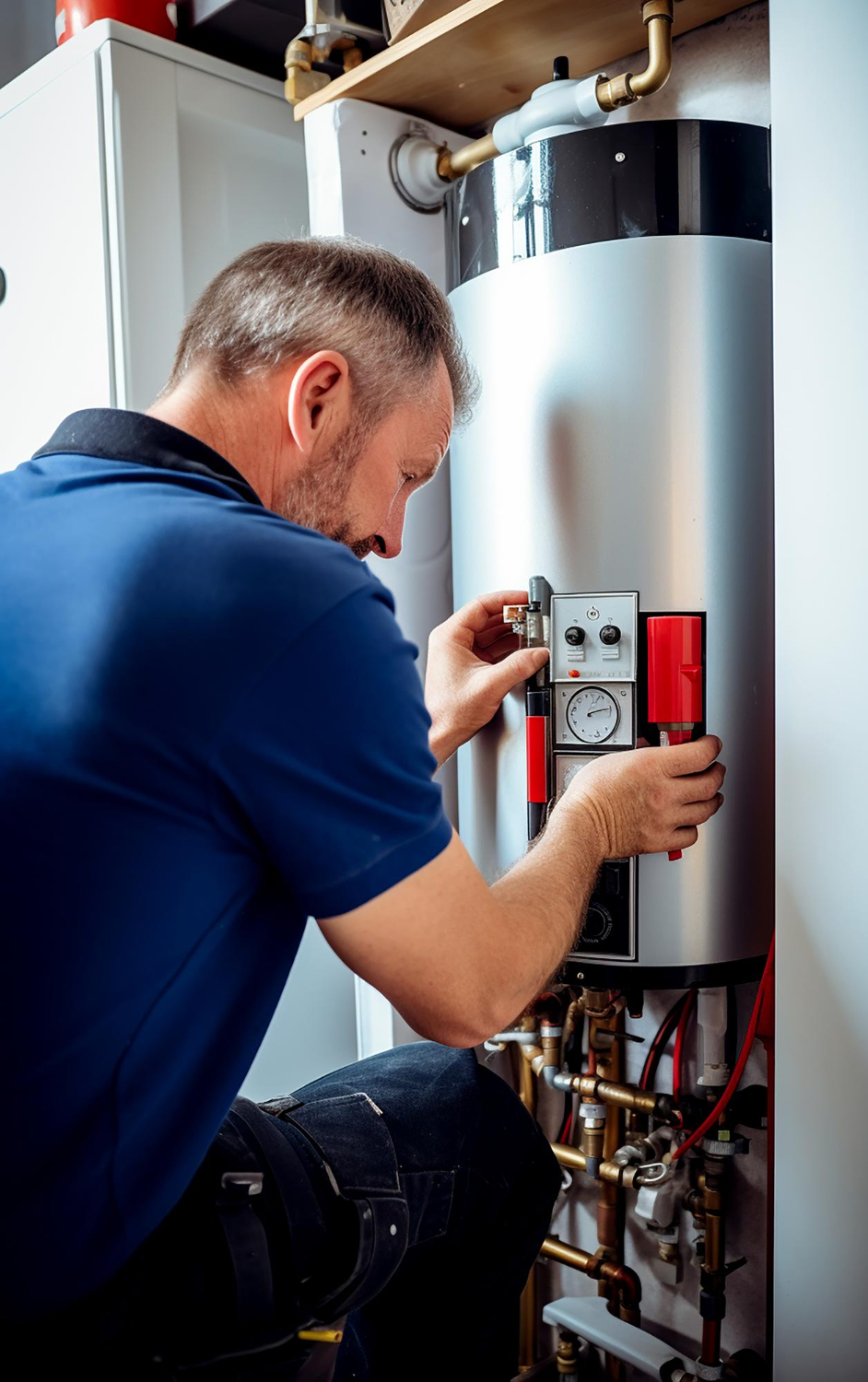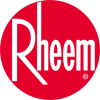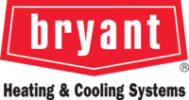HVAC systems play a huge role in both comfort and costs. The right HVAC upgrades can cut energy costs by 20-30% while making your home more comfortable year-round. Many homeowners live with outdated heating and cooling systems that waste energy and struggle to maintain steady temperatures. We see this problem often, especially in homes with systems over 10 years old.
Modern HVAC technology offers smart solutions that make a real difference in how your home feels and performs. We’ve gathered the most effective HVAC upgrades that give you the best value for your investment. These proven improvements help create consistent temperatures, reduce hot and cold spots, and lower monthly utility bills. Our recommendations focus on practical changes that work for most homes.
Understanding HVAC Systems and Energy Efficiency
Modern HVAC systems can significantly reduce energy bills while improving home comfort through smart technology and efficient operation.
The Impact of High-Efficiency Upgrades
High-efficiency HVAC systems use up to 30% less energy compared to older models, and upgrading to a high-efficiency furnace with 95% AFUE or higher can save $200-400 per year on energy bills.
Smart thermostats connect to these systems to optimize temperature settings automatically. They learn your habits and adjust cooling and heating patterns to save energy when you’re away or sleeping.
New energy-efficient air conditioners with SEER ratings above 16 provide excellent cooling while using minimal power. These units run quieter and maintain more consistent temperatures throughout your home.
Reading the Energy Star Label
Energy Star labels give you key efficiency metrics at a glance. The yellow tag displays the unit’s SEER rating for cooling and AFUE percentage for heating. Use these ratings to compare different units and calculate potential savings. Energy Star certified models must meet strict efficiency guidelines that exceed standard requirements.
Important Energy Star Metrics:
- SEER (Seasonal Energy Efficiency Ratio): Higher is better
- AFUE (Annual Fuel Utilization Efficiency): Look for 95%+
- Estimated yearly energy cost
- Energy consumption comparison to similar models
Smart Controls and Zoning for Enhanced Comfort
Modern HVAC technology gives you precise control over indoor temperatures while cutting energy costs. Smart thermostats and zoning systems create the perfect balance of comfort and efficiency.
Benefits of a Smart Thermostat
Smart thermostats learn your daily routines and adjust temperatures automatically. They can be controlled from your phone, too, allowing you to make changes even when away from home. These devices save 10-15% on heating and cooling costs through smart scheduling. They also track energy use and send alerts about system problems or filter changes.
Key features include:
- Remote temperature control via smartphone apps
- Automatic scheduling based on daily patterns
- Energy usage reports and cost-saving tips
- Integration with other smart home devices
- Filter change reminders and maintenance alerts
Implementing HVAC Zoning Systems
Zoning systems divide homes into separate temperature-controlled areas, and each zone has its own thermostat and motorized dampers to direct airflow where needed. Motorized dampers open and close automatically to maintain desired temperatures in each zone. This targeted approach eliminates hot and cold spots throughout the house.
A typical zoning setup costs $4,500-$7,000 for 2-4 zones, but the system pays for itself through reduced energy waste and improved comfort.
Common zone arrangements include:
- Upstairs and downstairs
- Bedrooms and living areas
- Sun-facing rooms versus shaded spaces
- Frequently used versus rarely used rooms
Indoor Air Quality and Health
Clean indoor air is essential for good health and comfort in your home. Modern HVAC systems offer powerful solutions to remove pollutants, manage humidity, and eliminate harmful microorganisms.
Air Purification Technologies
HEPA filters remove 99.97% of airborne particles as small as 0.3 microns, capturing dust, pollen, pet dander, and other common allergens that can trigger respiratory issues. Activated carbon filters work alongside HEPA filters to absorb odors, smoke, and chemical fumes. This dual-filtration approach creates cleaner, fresher air throughout your home.
Advanced air purifiers with multi-stage filtration systems offer the most complete protection. Many models include real-time air quality monitoring to track improvements in your indoor environment.
Balancing Humidity Levels at Home
The ideal indoor humidity range is 30-50%, and maintaining proper moisture levels helps prevent mold growth and reduces dust mite populations. Whole-house humidifiers add moisture during dry winter months to prevent dry skin, static electricity, and respiratory discomfort.
Alternatively, dehumidifiers remove excess moisture in humid climates or damp basements. This helps protect your home from water damage while improving comfort and air quality.
The Role of UV Lights in HVAC
UV-C lights installed in HVAC systems kill bacteria, viruses, and mold spores that can grow on cooling coils and in ductwork. These systems are especially effective when placed near the indoor cooling coil, where moisture creates ideal conditions for microbial growth.
Recent advances in UV technology have made these systems more energy-efficient and longer-lasting than earlier models. Many now include safety features that automatically shut off during maintenance.
Maintenance and Upgrades to Save Money and Energy
Smart HVAC upgrades and proper maintenance can cut energy bills by 20-40% while creating a more comfortable home environment. A well-maintained system runs efficiently and lasts longer.
Sealing and Insulating for Optimal Performance
Air leaks and poor insulation waste hundreds of dollars in energy costs each year, and a professional energy evaluation is recommended to find these problem areas. Sealing ducts can prevent heated or cooled air from escaping into unused spaces. Use metal-backed tape or mastic sealant on all duct connections and joints.
Adding insulation to walls, attics, and crawl spaces helps maintain consistent temperatures. The right amount of insulation can save 10-15% on monthly energy bills.
Key upgrades to consider:
- Weather stripping around doors and windows
- Caulking gaps around pipes and vents
- Installing energy-efficient windows
- Adding attic insulation to recommended R-values
The Importance of Regular HVAC Maintenance
Professional HVAC maintenance twice yearly keeps systems running at peak efficiency. Spring checkups prepare cooling systems for summer, while fall visits ensure heating readiness for winter. Professional maintenance costs $150-300 per visit but pays for itself through lower energy bills and fewer repairs. Many HVAC companies also offer service plans with discounted rates.
A certified technician should:
- Clean evaporator and condenser coils
- Check refrigerant levels
- Inspect electrical connections
- Test thermostat function
- Lubricate moving parts
Get in touch to arrange a professional inspection of your HVAC system to enjoy improved heating and cooling while benefitting from significant energy savings.










